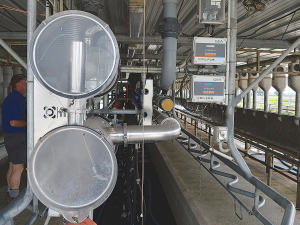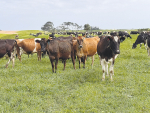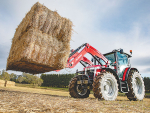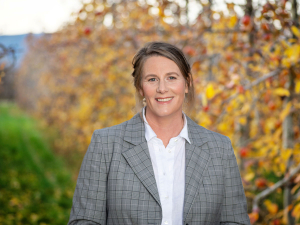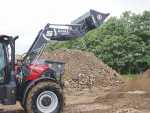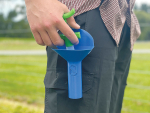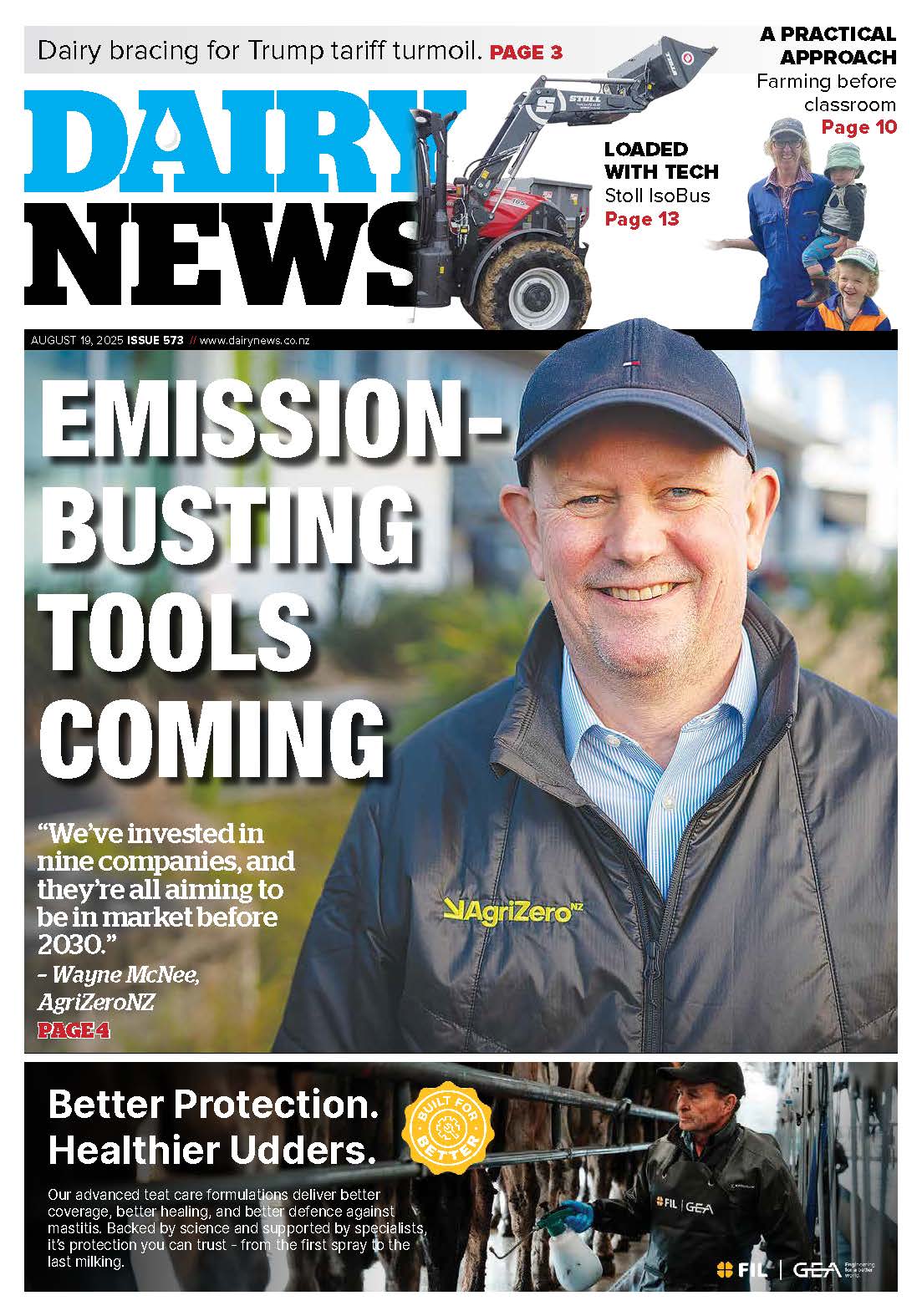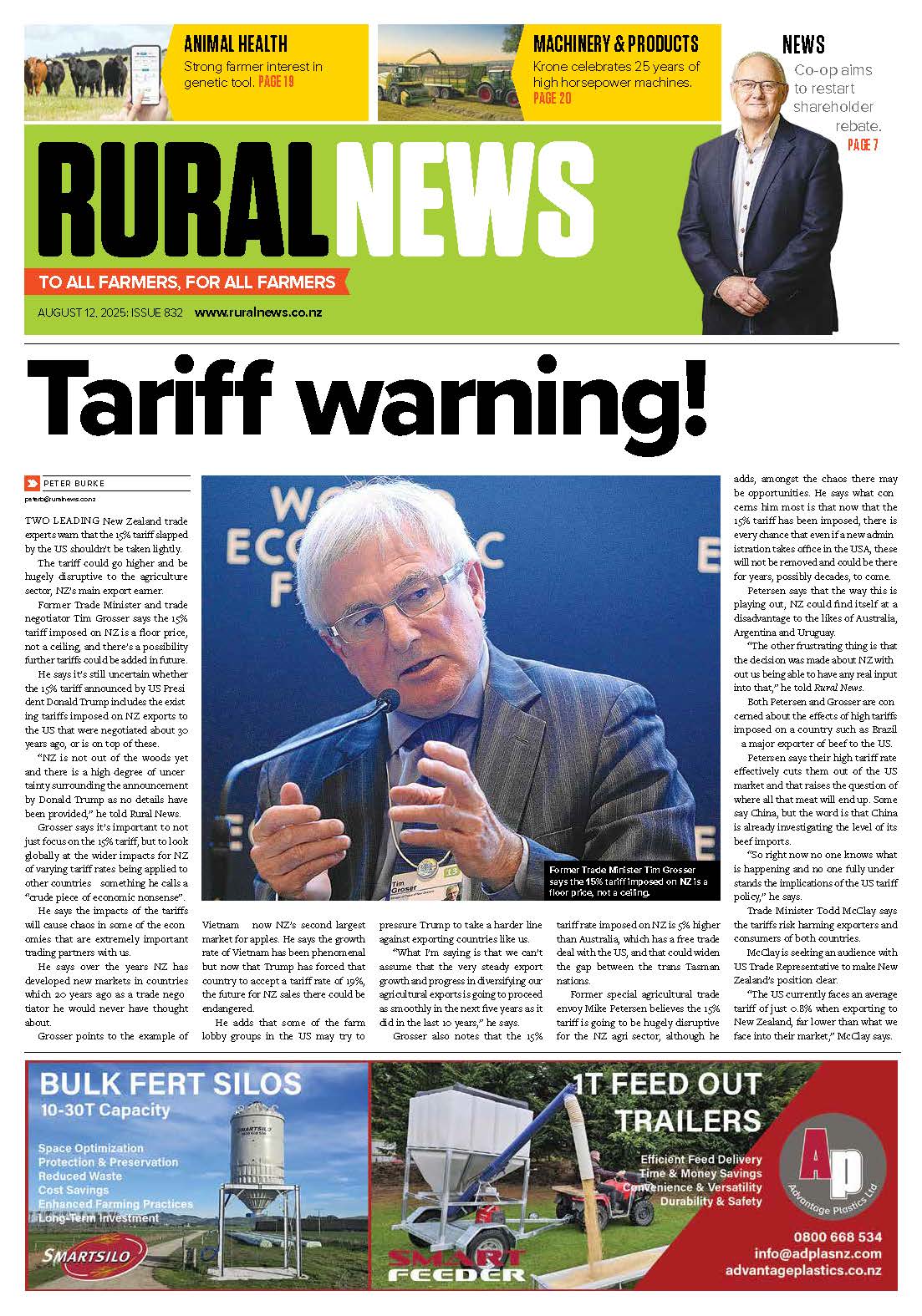Milk cooling affects milk quality: the quicker the milk is cooled after milking, the better the quality when it is collected from the farm.
Choosing the right cooling system for your farm has many good results.
Lower energy costs: milk cooling accounts for about 30% of the total energy costs of operating a dairy. Energy demand and farm dairy running costs can be cut by heat recovery from your cooling system.
Less risk of penalties due to milk temperature: raw milk grows bacteria rapidly above 7°C. Meeting the new milk cooling standards (in force from June 2018) may mean changes are required for your system.
New milk cooling standards: the MPI ‘NZ code of practice for the design and operation of farm dairies’ contains the new milk cooling standards.
The rules state that raw milk must:
a) be cooled to 10°C or below within four hours of the commencement of milking; and
b) be cooled to 6°C or below within the sooner of:
i) six hours from the commencement of milking, or
ii) two hours from the completion of milking; and
c) be held at or below 6°C without freezing until collection or the next milking; and
d) must not exceed 10°C during subsequent milkings.
Continuous or extended milking systems (AMS): in situations where there is continuous or extended milking, such as automated milking systems, the milk must enter the bulk milk tank at 6°C or below.
‘Continuous or extended milking’ is defined as milking for six hours or longer from the time the milk first enters any bulk milk tank.
Do you meet the new standards? Check the performance of your current plate heat exchanger.
Consult with your milk company to determine if your current system will meet the new milk chilling requirements.
Fonterra has a tool to estimate your vats; other milk companies may have similar resources.





